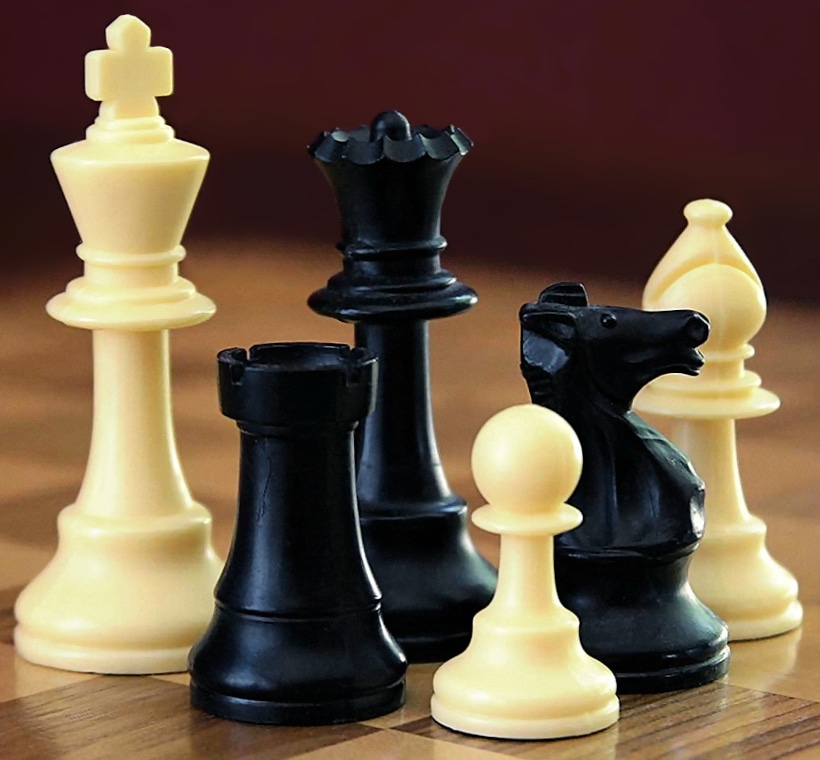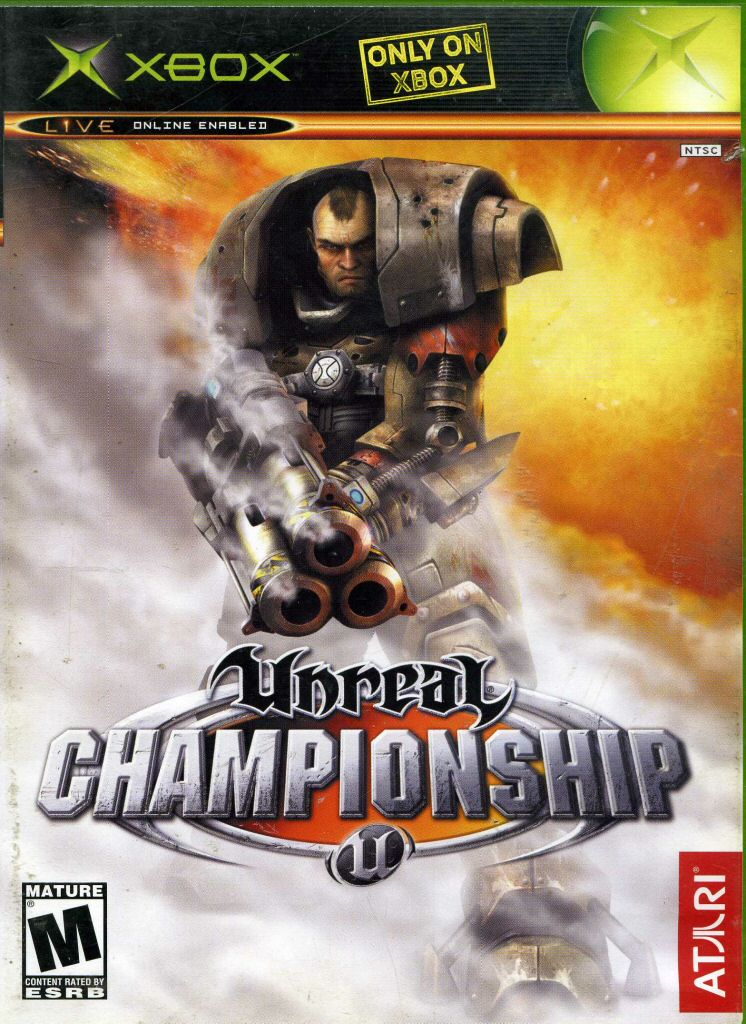For most of human existence our ability to play together has been circumscribed by our physical connection with others in our immediate vicinity, a radiating circle of family, friends, and neighbors, spiced with an occasional get together with more distant associates. As I write this blog, we are in the midst of the COVID-19 pandemic that has mandated new social distancing rules greatly limiting our ability to gather with others. And yet the play must go on. Fortunately for us, we have all manner of ways to play together remotely, from online games to shared play sessions over video chat. What led to these sorts of remote diversions and, more specifically, how did game play at a distance develop?
I say game play, because play covers a broad swath of activities that includes but is not limited to games. Letter writing, for example, is often play at a distance. Epistolary joking, punning, teasing, cajoling, and bantering have a long tradition. The Roman orator and statesman Cicero, for example, was widely acclaimed in the ancient world for his humor, though his jokes—like most jokes—don’t really stand the passing of time. In his 57 BC letter to his friend Testa, then encamped with Julius Caesar in Gaul, Cicero joshed that he couldn’t even sell him a “blindfolded gladiator,” a line undoubtedly knee-slappingly hilarious in the ancient world but that fails to elicit much of a chuckle today. No, what I’m interested in is the straightforward playing of games at a distance.
Not surprisingly, chess was probably the first game that people engaged in consistently at a distance. Chess is a game of pure skill, and so the age-old problem of chess players has been to find an opponent of appropriate skill. Too much difference in ability means a game that’s fun for neither player. With the development of somewhat effective regional and national postal systems in the 18th and 19th centuries, people played the occasional chess game by mail. In April 1844, Samuel Morse wrote to Louis McLane that a game of chess had been played via telegraph, only six years after his invention of the device and before a line had even been strung between Washington, DC and Baltimore, Maryland for the first public demonstration of the invention that May. Other matches soon followed. For three days that November, the chess clubs of Baltimore and Washington, DC battled it out, with Mr. Greene of Baltimore defeating Washington’s Dr. Jones in the first game to be decided.

It wasn’t until the early 20th century that long-distance chess became formalized, though it was played by mail, not telegraph. Players agreed to take a certain amount of time per move. A ratings system introduced an effective means of ranking opponents and ensuring that contestants were evenly matched. National and international organizations collaborated, allowing people to engage in long-distance competition with players from around the world. Throughout the century it was an activity enjoyed by tens of thousands of players worldwide. My brother and I played some games in the early 1980s, mailing out postcards and waiting for the reply, though as a hyperactive middle schooler I quickly discovered that giving your opponent three days to move (plus the travel time in the mail) was too slow a pace for me. I preferred 5-minute blitz chess.
The possibility of expanding the pool of opponents appealed to the small but growing body of wargamers in the 1970s. Wargaming slowly grew in popularity after World War II, primarily stimulated by Charles Roberts’ Avalon Hill Company. Wargaming magazines from the 1960s and 1970s are filled with plaintive personals in the classified ads from players seeking others to play their favorite simulation or strategy game. In 1970, Rick Loomis developed a play-by-mail game Nuclear Destruction and founded a company, Flying Buffalo Games, to produce and manage such games. He and his partner even used early computers to calculate the various moves. In some sense, this was the first online game, though it was one still mediated by pen and paper post.
As computer networks slowly began to grow in the 1970s and 1980s, electronic gaming bega n to expand. People dialed via modem into bulletin-board systems (BBS’s) to discuss and play games and some companies launched play-by-email games, but it was with the launch in the early 1980s of online services that electronic gaming really came into its own. CompuServ in 1982 launched MegaWars, a Star Trek-inspired game that had first been a multiplayer experience on mainframe terminals at the University of Texas. As Jimmy Maher points out in his excellent history of these early games, playing this game opened up new worlds but also often resulted in expensive connection fees as players paid by the minute.
As important as the game play itself in the appeal of these games were the communities that formed among the players. Making new friends online, often ones who shared interests that real life acquaintances cared little about, was a tremendous boon for players. Savvy game developers realized this. As I wrote about in a blog about the pioneering Massively Multiplayer Online Role Playing Game (MMORPG) Neverwinter Nights, the design team led by Don Daglow had to decide—at a time when modems only allowed a tiny percentage of the bandwidth that internet connections afford today—how much capacity to assign to different aspects of the game, from graphics to the control of the play. They made the crucial decision that the ability of players to chat with each other was as important as other aspects of the game play, and therefore pulled back on some features such as additionally enhanced graphics to enhance the chat.

The Strong, Rochester, New York.
As computing capability increased and network communications improved exponentially, online gaming grew rapidly. Consoles joined computers in the online universe in the 1990s, though it wasn’t until Xbox Live in 2002 that online play became truly vital to the console player experience with the explosion (pun not intended) in popularity of battle games such as Unreal Championship and MechAssault. Meanwhile rising social networks like Facebook introduced titles such as Farmville and Words with Friends that brought people into the game who never would have considered themselves gamers. With the introduction of the iPhone in 2009, smart phones put hundreds of thousands of connected games into the pockets of billions of people around the world to play with each other. We can now play anytime, anywhere, with almost anyone on the planet.
It’s a far cry today from those early days of postal or telegraph chess. The result has been that even when alone—as during the quarantines and social distancing being imposed by the current pandemic—we can still play together. That’s good for us, benefitting our mental and emotional health, especially when we can play with friends who we can’t get together with in person. If you ever read Laura Ingalls Wilder’s The Long Winter, a classic tale of months of near solitude on the snowbound prairie, you may remember how Ma Ingalls tried to keep the girls’ spirits up by promising them an “entertainment.” As it turned out the entertainment was having the girls recite as much as they could from memory of their schoolbook, the Independent Fifth Reader. We can be thankful today that we don’t need to content ourselves with fusty primers when we have the chance to connect and play together on online games like Minecraft, Fortnite, or Roblox.
By Jon-Paul Dyson, Director, International Center for the History of Electronic Games and Vice President for Exhibits



